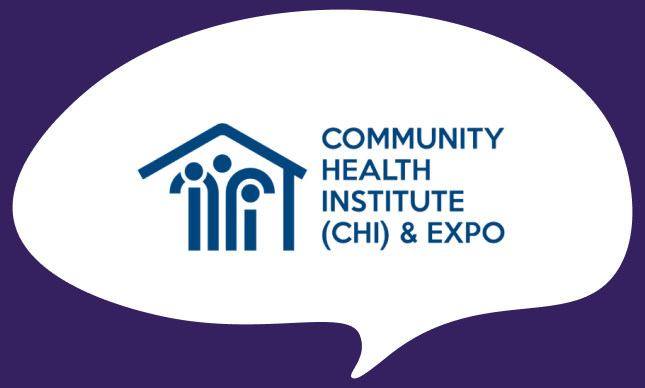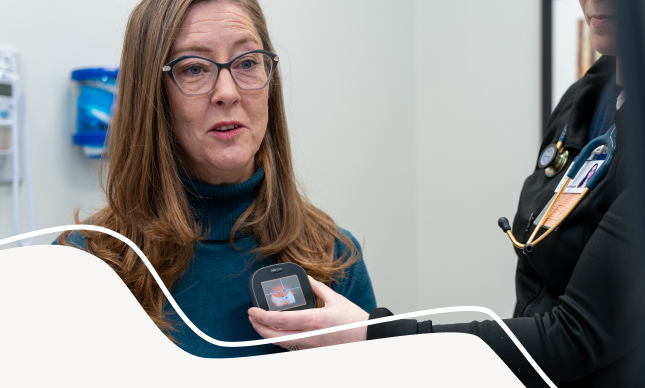FCC and other awards helped enable permanent telehealth policy changes in Virginia
f
The telemedicine program of the Charlottesville-based University of Virginia Health System was established in 1995 to enhance timely patient access to healthcare services, particularly for patients in rural regions of the Commonwealth of Virginia.
With funding support from a broad range of federal agencies – Department of Commerce, HRSA, USDA and FCC – the health system has worked with more than 150 community hospitals, clinics, medical practices, schools and other healthcare entities to bring specialty care to underserved communities and patients.
The University of Virginia Health System was awarded $767,139 by the FCC telehealth grant program for telemedicine carts, tablets, video monitors, a telehealth platform, remote patient monitoring equipment and network upgrades to support clinical videoconferencing with remote patient-examination tools, to help build a virtual urgent care platform, and to expand the remote patient-monitoring program as patients are diagnosed with COVID-19 or are discharged from the hospital.
“We are utilizing these funds to improve access to care for patients at risk for adverse outcomes, including low-income patients, veterans, rural patients, patients in congregate care settings and those with COVID-19,” Rheuban reported.
“We have provided services to patients in every region of the Commonwealth of Virginia enabled by state and federal policy waivers, and have worked with the Virginia General Assembly to codify many of these changes for Medicaid, commercially insured and uninsured patients,” she continued.
“We are grateful for the Medicare waivers and hope that Congress will take action to eliminate the 1834 restrictions in the Social Security Act that hampered the scaling of telemedicine prior to the PHE,” she concluded. “Importantly, the FCC awards invested in health systems across the Commonwealth of Virginia, with the resultant scaling of telehealth, [have] contributed to the Virginia General Assembly and our state agencies, enabling transformational permanent policy changes related to telehealth.”
Click here to read the full article.


